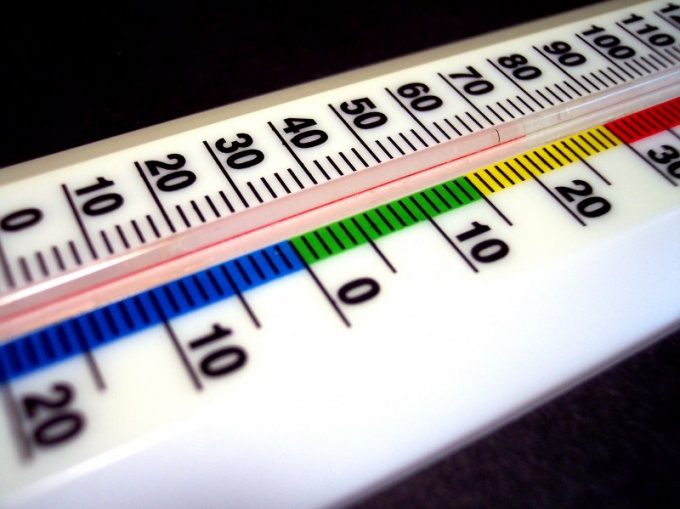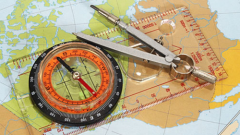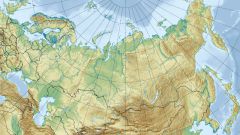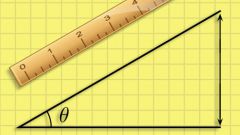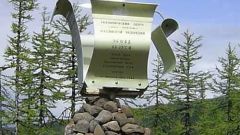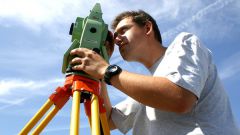The starting point
The term "reference point" means a point on which to base the measurement scale. The easiest way to see it on a regular outdoor thermometer. Considering its scale, you will see that in the middle is stamped with the designation "0". Below her are freezing mark, above – plus. Ground zero is a reference point for the Celsius scale. This is the freezing point of water at sea level. Once the Celsius scale has two fixed points. The second was at around 100°C, that is the basis of the measurements was taken as the boiling point of water at sea level.
What else are the reference points?
There are several temperature scales. They are based on different reference points. So, for the beginning of the temperature scale Kelvin, absolute zero is adopted, that is, the temperature at which the substance is impossible to remove thermal energy. If you count in Celsius, absolute zero will be at -273.15 °C. In some countries the scale is Fahrenheit. In England and, in particular, the US uses Fahrenheit scale. Zero degrees Celsius is 32 degrees Fahrenheit and 100 degrees Celsius — 212 Fahrenheit. To calculate Fahrenheit, you need the boiling point of water at atmospheric pressure, subtract the temperature of melting ice and divide the difference by 180. The reference point in Fahrenheit is 32°C. Now almost never used the réaumur scale. As the scale of Celsius, Reaumur system used two reference points – the melting of ice and boiling point of water. The zero mark of the scale corresponds to zero Celsius, but the boiling point is used, around 80°C, that is, degrees Reaumur was 1, 25 degrees Celsius. The Rankine scale, the reference point corresponds to the Kelvin scale, but the scale is the same as on the Fahrenheit scale.
International temperature scale of
At fixed points established by the international temperature scale. The first was developed in 1927 based on the Fahrenheit scale. In the Russian scientific literature was made designation of the its-27. Over the past century, the scale has changed several times – in 1948, 1968 and 1990. Now adopted scale, its-90. Like its predecessor, it is based on phase transitions of pure substances, i.e. reference points. According to this principle, the instruments are calibrated. In everyday life the commonly used Celsius and Fahrenheit, and for scientific purposes a more suitable scale of absolute temperatures, that is, Rankine or Kelvin. The reason is that they any mark temperature will be positive.
